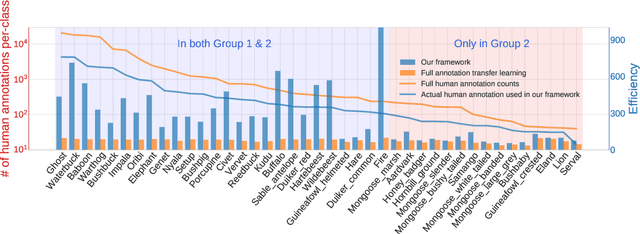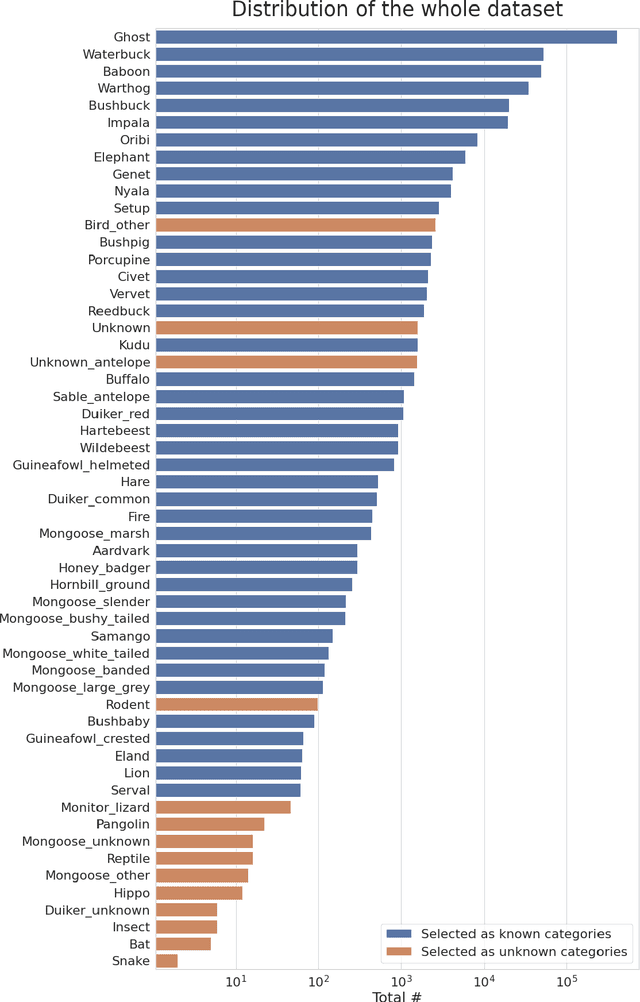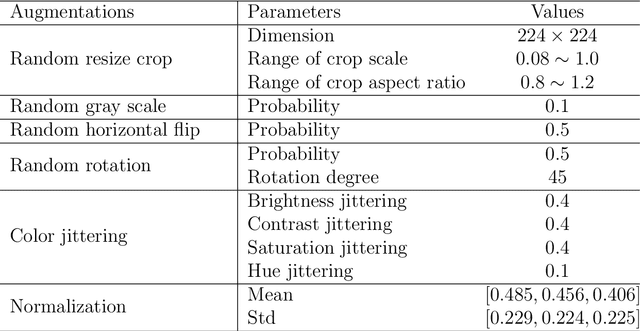Iterative Human and Automated Identification of Wildlife Images
Paper and Code
May 05, 2021



Camera trapping is increasingly used to monitor wildlife, but this technology typically requires extensive data annotation. Recently, deep learning has significantly advanced automatic wildlife recognition. However, current methods are hampered by a dependence on large static data sets when wildlife data is intrinsically dynamic and involves long-tailed distributions. These two drawbacks can be overcome through a hybrid combination of machine learning and humans in the loop. Our proposed iterative human and automated identification approach is capable of learning from wildlife imagery data with a long-tailed distribution. Additionally, it includes self-updating learning that facilitates capturing the community dynamics of rapidly changing natural systems. Extensive experiments show that our approach can achieve a ~90% accuracy employing only ~20% of the human annotations of existing approaches. Our synergistic collaboration of humans and machines transforms deep learning from a relatively inefficient post-annotation tool to a collaborative on-going annotation tool that vastly relieves the burden of human annotation and enables efficient and constant model updates.
 Add to Chrome
Add to Chrome Add to Firefox
Add to Firefox Add to Edge
Add to Edge